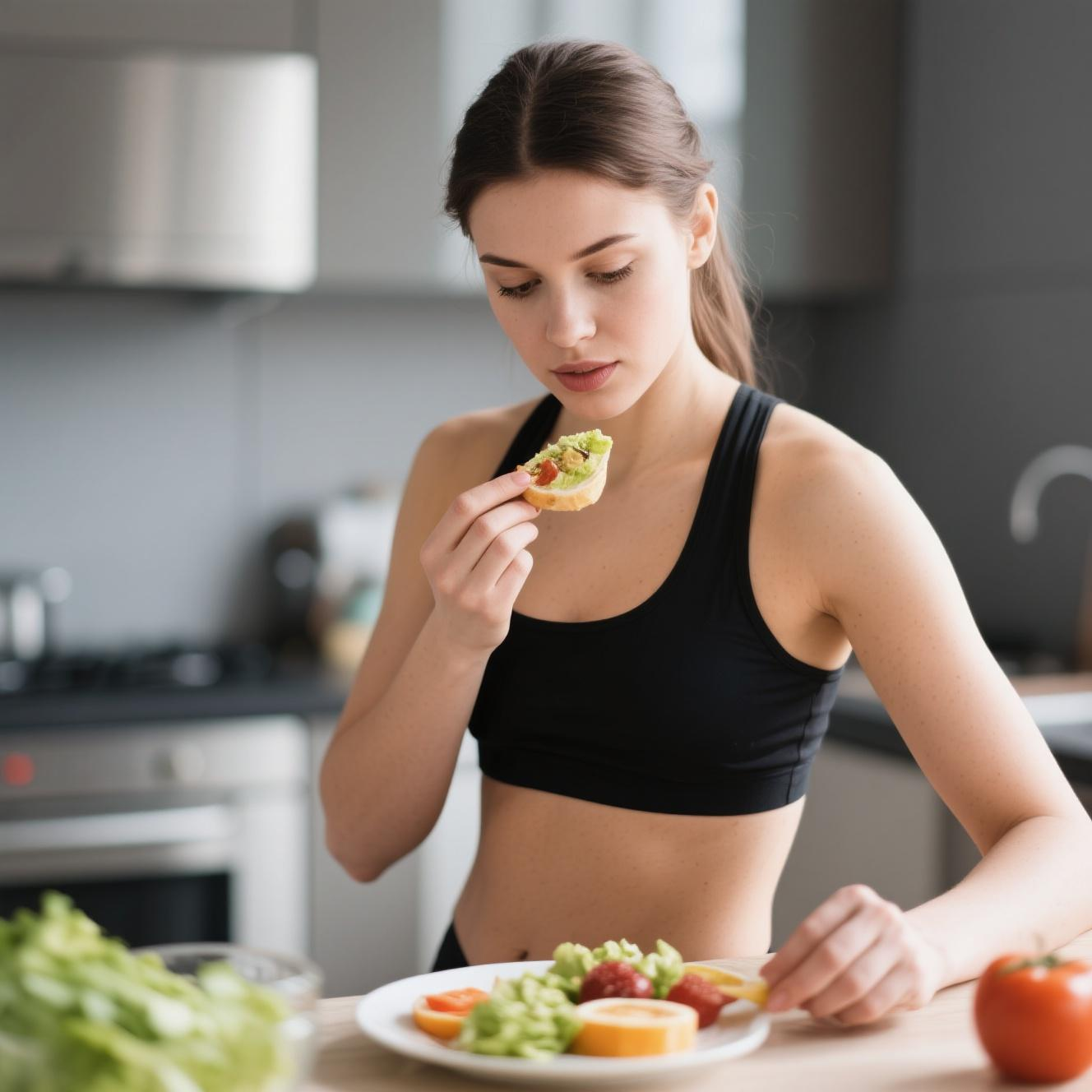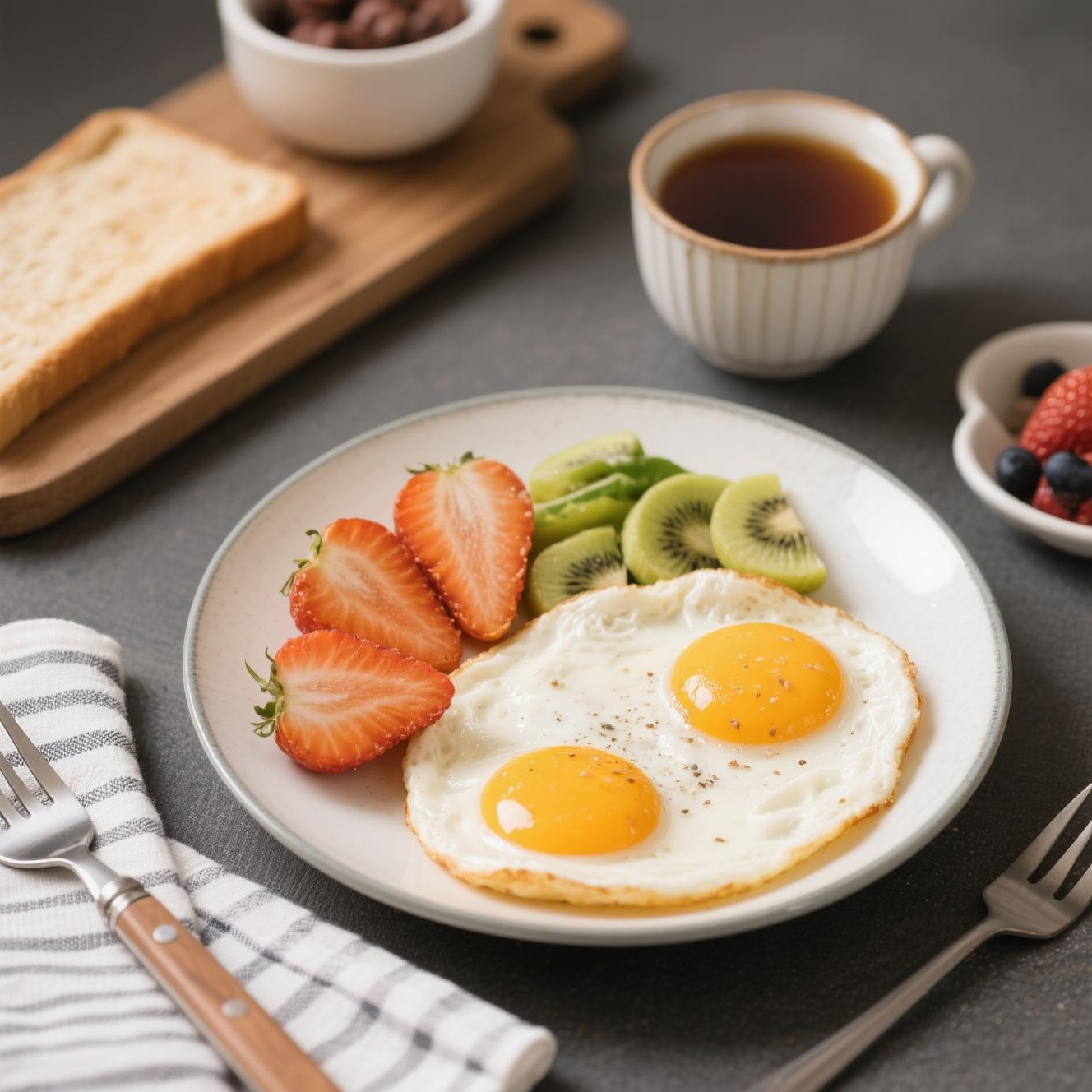Walking into my grandmother’s kitchen one summer afternoon, I was greeted by the scent of roasting garlic and turmeric-infused veggies—a smell so rich and comforting I felt grounded before taking a bite. She was preparing her version of an anti-inflammatory dinner, repurposing leftover chickpeas, fresh spinach, and a drizzle of olive oil. It felt familiar yet effortlessly modern. As soon as I tasted that warm, hearty bowl, I realized something vital: delicious and healthy no longer need to be separate worlds. This moment embodied how the realm of easy healthy meals has entered a golden era.
The rise of the Mediterranean diet recipes resonates with so many today, experts say, because it delivers both flavor and wellness. Just yesterday, EatingWell published spot-on recipes like Sheet‑Pan Salmon with Bok Choy and High‑Protein Peanut Butter‑Banana Oatmeal Bars—each embodying balance without sacrificing taste. In my life, I’ve seen this play out at potlucks: a friend brought a Mediterranean tuna salad with cucumber, olives, and a tangy vinaigrette. Everyone went back for seconds. Even kids loved it, calling it “fancy fish pasta.” I realized then that high protein recipes can be flavorful ambassadors in everyday settings.
Many of us yearn for budget-friendly cooking, where pantry staples and plant-based ingredients shine together. That trend has only grown post-pandemic, as people seek to reduce waste and maximize flavor . I remember coming home after work, tired, opening my pantry, and deciding to riff off a recipe I saw: rice, black beans, frozen corn, spices, topped with avocado. It took twenty minutes and cost pennies. But the flavors were vibrant—smoky cumin, fresh citrus, creamy avocado—and the next morning, I got messages from my roommate saying, “Teach me your magic.”
This era of healthy cooking also features an explosion of functional foods—ingredients that do more than nourish; they promote gut health, cognition, and well-being. Think probiotic-rich kefir, collagen-packed bone broth, antioxidant-filled berries and turmeric. A recent piece spotlighted trends like functional mushrooms, fermented foods, and gut-boosting proteins . Last month, at a friends’ dinner party, someone brought a Wild Blueberry Golden Milk smoothie—blissful, nourishing, and deeply comforting. Friends asked for the recipe, commenting it felt healthy as much as it tasted good.
The culinary world is also embracing bold fusion and nostalgia, both seen as hallmarks of this golden age. A garlic‑turmeric chickpea bowl echoes Middle Eastern and South Asian traditions. Another dish I made—a creamy avocado‑cilantro sauce drizzled over roasted cauliflower—blended Mexican and Mediterranean influences. Chefs are merging gochujang into risottos or reimagining mac and cheese with whole‑grain pasta and Greek yogurt . In my kitchen, I cooked a pesto spaghetti made with zucchini noodles and walnuts when reconnecting with a college roommate; that evening felt like old times but tasted entirely new.
One of the most celebrated hallmarks of modern healthy cooking is speed married with nutrition. The trend toward 30-minute healthy meals is everywhere—from EatingWell’s roundups to food blogs dedicated to quick weeknight dinners . For parents cracking their heads about dinners on busy nights, I once shared my sweet potato and lentil skillet with a work-from-home mom. She messaged me later saying, “It was the first time in weeks I felt like I cooked something my whole family loved—and it didn’t take hours.”

Another theme powering this age is the resurgence of high-protein plant-based meals. Lentil stews, chickpea burgers, tofu‑veggie stir-fries—these dishes satisfy in comfort and sustenance. A Martha Stewart feature mentioned that roasted broccoli with pumpkin seeds plus turmeric-rich veggie bowls are part of dietitian-approved healthy aging recipes . When I shared a chickpea‑quinoa bowl with a colleague preparing for her wedding, she told me it gave her energy and clarity during her long planning days. That struck me: healthy food can be a companion through life’s milestones.
Dairy has made a confident comeback, too, in the form of functional, gut-friendly options like kefir, Greek yogurt, and probiotic cheese . I once swapped heavy cream for yogurt in my shepherd’s pie, and my family couldn’t even tell the difference—just that it ‘felt lighter’ and made them sleep better. These recipes aren’t sacrifices; they’re signature upgrades.
Fermentation, from kimchi to kombucha, also shines in this golden age. It adds complexity, preserves produce, and fosters microbes essential to gut health . I remember the pride of making my first batch of kombucha—it smelled tangy, tasted effervescent, and when I shared it with a friend during a picnic, she described it as “drinking joy.” That ritual turned making food into making memory.
Flavor-forward techniques—braising, roasting, grilling, finishing with delicate acids—also feature heavily in chef advice shared this year . One evening, I roasted Brussels sprouts with balsamic and garlic; that caramelization made the veggies irresistible. My partner said we didn’t need dessert—that the sprouts themselves felt indulgent. Healthy and decadent became interchangeable in that moment.
Moreover, spices and synergistic flavor combos—like swicy hot honey, turmeric‑ginger stews, herb-infused oils—are all the rage. As chefs experiment, our home kitchens follow suit . I still laugh remembering when I gave my niece homemade hot honey yogurt dip for her strawberry bowl. She devoured it and declared I was “the coolest chef ever.”
Underpinning all this is mindfulness—eating with intention, paying attention to sourcing, seasonality, local producers, and food waste . At an intimate supper club I attend, each meal starts with acknowledging the farmers. One night, we passed around bowls of heirloom tomato salsa, and everyone shared gratitude for the summer harvest. It was food as ceremony.
What ties these threads together is balance: meals rich in protein, fiber, healthy fats, and complex carbs; dishes that satisfy cravings without overindulgence; recipes rooted in global culinary heritage yet tuned to wellness goals; food that’s affordable, accessible, and easy. This golden age isn’t about perfection or exclusion. It’s food that tastes like home, nourishes like medicine, and inspires like art.
In teaching my niece to cook, I promise her she can enjoy brownies and drizzle of honey tea, as long as they’re part of a tapestry of whole-food dinners and spirited flavors. Healthy food, she’s learned, can still make you dance.
This is the age where we expect flavor without compromise, nutrition without monotony, and wellness without losing joy. Our plates, our kitchens, and our communities are all richer for it.



